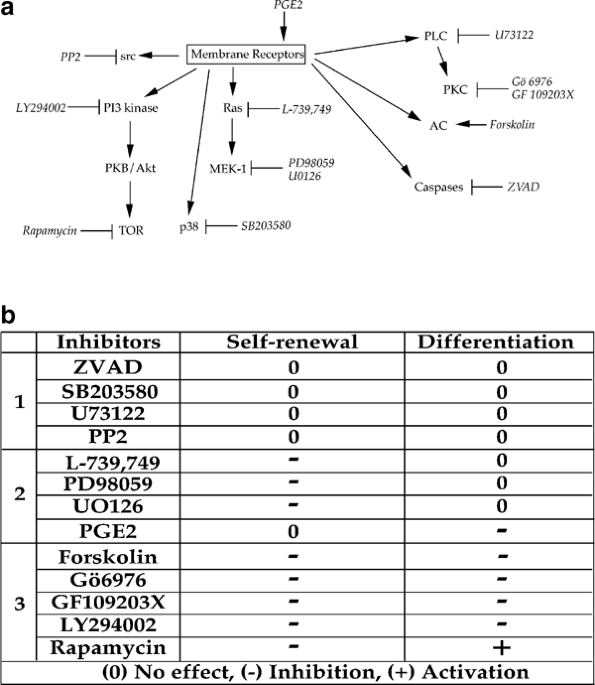
- Select a language for the TTS:
- UK English Female
- UK English Male
- US English Female
- US English Male
- Australian Female
- Australian Male
- Language selected: (auto detect) - EN
Play all audios:
_This article was originally on a blog post platform and may be missing photos, graphics or links. See About archive blog posts._ The number of beach closures and advisories nationwide due
to polluted water jumped last year to its second-highest level in two decades, up 29% from the year before, a new report says. In California, closures and advisories nearly doubled in 2010,
and the number of beach water tests that exceeded state health standards rose to 11% from 9% the year before, according to an annual report released Wednesday by the Natural Resources
Defense Council. The study indicates “the problems that we have in this country with beach water contamination in general are not getting better,” said Noah Garrison, an attorney for the
environmental group. But it doesn’t mean pollution is getting worse. In fact, the report found water quality at beaches across the country “remained largely steady.” What changed was the
number of closures tied to last year’s gulf oil spill and heavy rainfall in California and Hawaii. Because storm runoff is a top source of beach water pollution, closures mirror
precipitation patterns. When it rains, viruses, bacteria, fertilizers, toxic metals, trash and other pollutants are swept into the ocean and warnings to stay out of the water are often
posted as a precaution. When the weather is dry, beaches tend to be cleaner. Local governments should be working to stop urban runoff so that water quality doesn’t just wax and wane with the
rainfall, the environmental group said. “Hoping that it isn’t going to rain is not a viable storm water management strategy,” Garrison said. The report surveyed bacteria test results at
more than 3,000 beaches in 30 coastal and Great Lakes states. A high bacteria count means the beach water is likely to harbor pathogens that can sicken swimmers, causing stomach illnesses,
skin rashes and other infections. Some of the dirtiest beaches in the state, according to the report, were in Southern California, including Avalon Beach on Catalina Island, Cabrillo Beach
in San Pedro, Poche Beach in San Clemente, Doheny State Beach in Dana Point and Colorado Lagoon in Long Beach. California also ranked near the bottom for beach pollution relative to other
states, placing 22nd out of 30 in the percentage of times beaches exceeded federal health standards. At some beaches in the region, the report’s authors believe, increased testing led to the
detection of more pollutants. While beach testing inCalifornia has declined in recent years because of unsteady funding, officials have been conducting additional tests at some beaches in
Los Angeles County to comply with state bacterial pollution restrictions, according to the report. The analysis echoed a report last month by the Santa Monica-based environmental group Heal
the Bay, which found Los Angeles County beach water quality worsened over the previous year in a decline also linked to heavy rainfall. --Tony Barboza Photo: Garbage washed up in Seal Beach
during winter rains Photo credit: Allen J. Schaben










